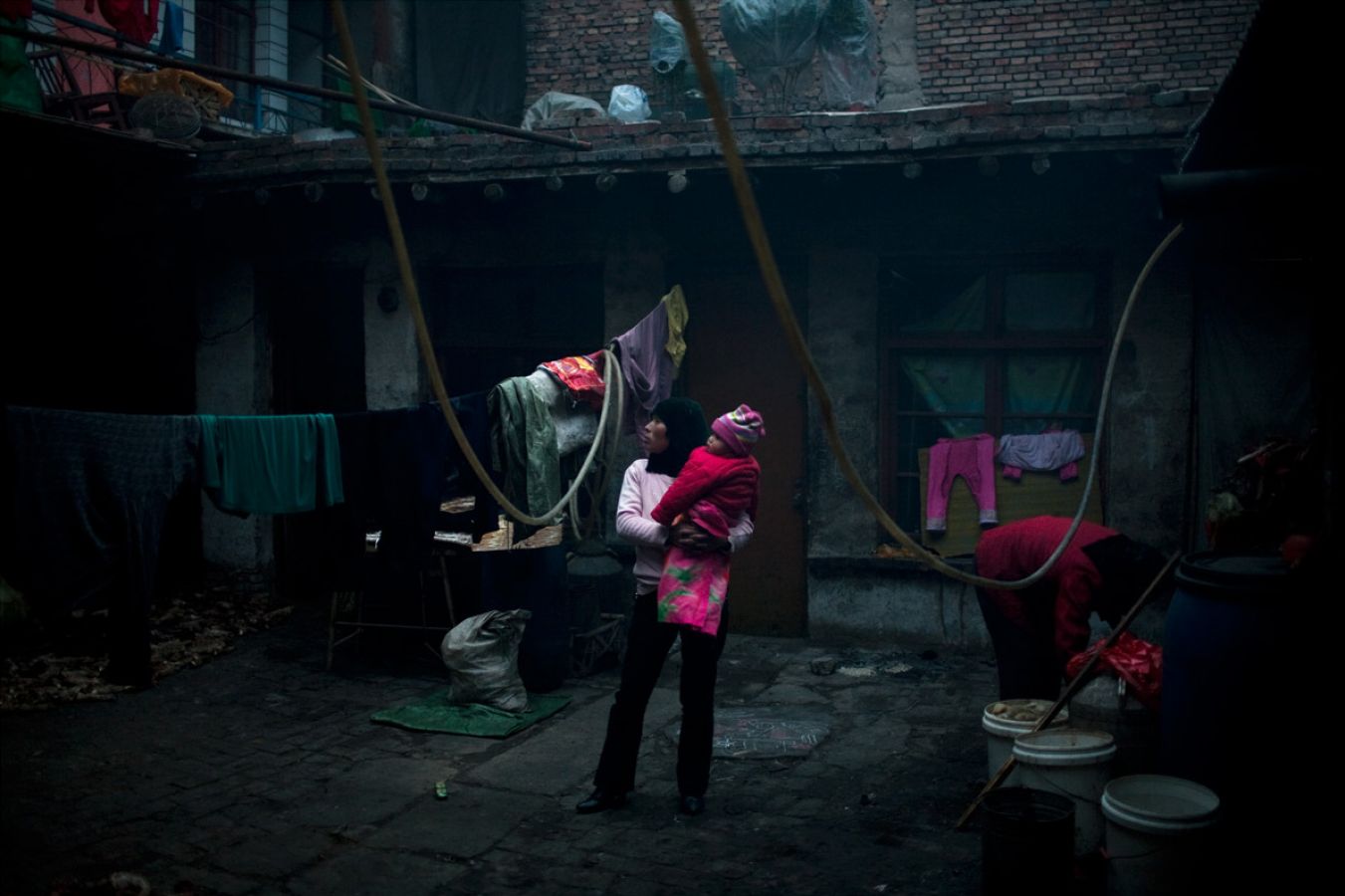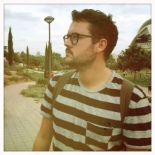
 Stephen Kelly Stephen Kelly was born in West Cumbria, England in 1983. He grew up in Lagos, Muscat, Hong Kong and London. After graduating from the University of Wales, Newport School of Documentary Photography, Stephen returned to Hong Kong where he worked on personal projects across China. Between 2013 and 2015, he lived in Burma, where he worked on commissions throughout the country and focused on a number of new projects in Rangoon, one of which he continues to develop. Documenting social, political and environmental issues in Asia, Stephen is particularly interested in exploring how urban development is shaping and transforming landscapes, communities and identities. Featured here are two of the photographer’s images drawn from a series produced in Lanzhou, Gansu Province, China, which is a home to the Hui and Dongxiang Muslim minorities. As in his later work, Kelly has delivered rare, subtle images that meet a difficult challenge: the pursuit of an aesthetic quest in the very real substance of reality, without sacrificing what he always sees as the focal point of his images -humans and their condition.
Stephen Kelly Stephen Kelly was born in West Cumbria, England in 1983. He grew up in Lagos, Muscat, Hong Kong and London. After graduating from the University of Wales, Newport School of Documentary Photography, Stephen returned to Hong Kong where he worked on personal projects across China. Between 2013 and 2015, he lived in Burma, where he worked on commissions throughout the country and focused on a number of new projects in Rangoon, one of which he continues to develop. Documenting social, political and environmental issues in Asia, Stephen is particularly interested in exploring how urban development is shaping and transforming landscapes, communities and identities. Featured here are two of the photographer’s images drawn from a series produced in Lanzhou, Gansu Province, China, which is a home to the Hui and Dongxiang Muslim minorities. As in his later work, Kelly has delivered rare, subtle images that meet a difficult challenge: the pursuit of an aesthetic quest in the very real substance of reality, without sacrificing what he always sees as the focal point of his images -humans and their condition. As in your older Zheng Sheng project – in which you focus on a rehabilitation center for teenagers, located in Hong Kong – you depict here a very tightly knit community, with a great proximity towards the people. How do you work with a community you aim to portray?
It is very important for me to spend a great deal of time within the communities I photograph. For my Qi Lihe project, I spent many months documenting daily life within the Muslim migrant community, as I did previously for my Zheng Sheng project, where I lived within the centre, eating the same food, sleeping in the same dormitories, going through the same daily program as the boys. In both cases, it wasn’t always easy to stay there, but in the end I think these communities accepted me and it became quite normal for them to see me there everyday.
Your photography is very picturesque. As a photographer, what is your relationship to seduction when composing an image?
Patience and understanding is key when working on my projects. The style of images I take stems from the commitment to the stories I pursue. On many occasions, I spend a great deal of time waiting for a number of elements to come together to make a picture, returning to locations time and time again.
